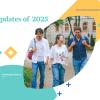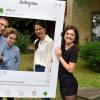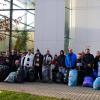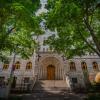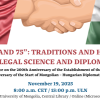Bridge between the shores of the ocean
2025
Feb
14
This year, the University of Pécs (PTE) will host the 49th Annual Conference of the Hungarian American Educators Association (AHEA), which focuses on deepening Hungarian-American relations and promoting cultural and scientific cooperation. We interviewed Dr. Helga Lénárt-Cheng, president of the organization, about her life and identity.
What made you decide to leave Hungary and pursue your career in the USA?
In the 1990s, as a language student, I had the opportunity to travel abroad multiple times on various state and intergovernmental scholarships. My journey began in Germany and England, followed by France, as I was studying German and French. Traveling broadens one's perspective, especially during university years. I was very fortunate because this was the time when different scholarship programs were starting, which allowed me to go to Paris and later to Bordeaux through the Tempus Public Foundation and the Fulbright scholarship program.
I came to the United States through my Taiwanese-American husband, who was studying at the Massachusetts Institute of Technology in Boston while I completed my PhD at Harvard University. This is how my career in the U.S. began.
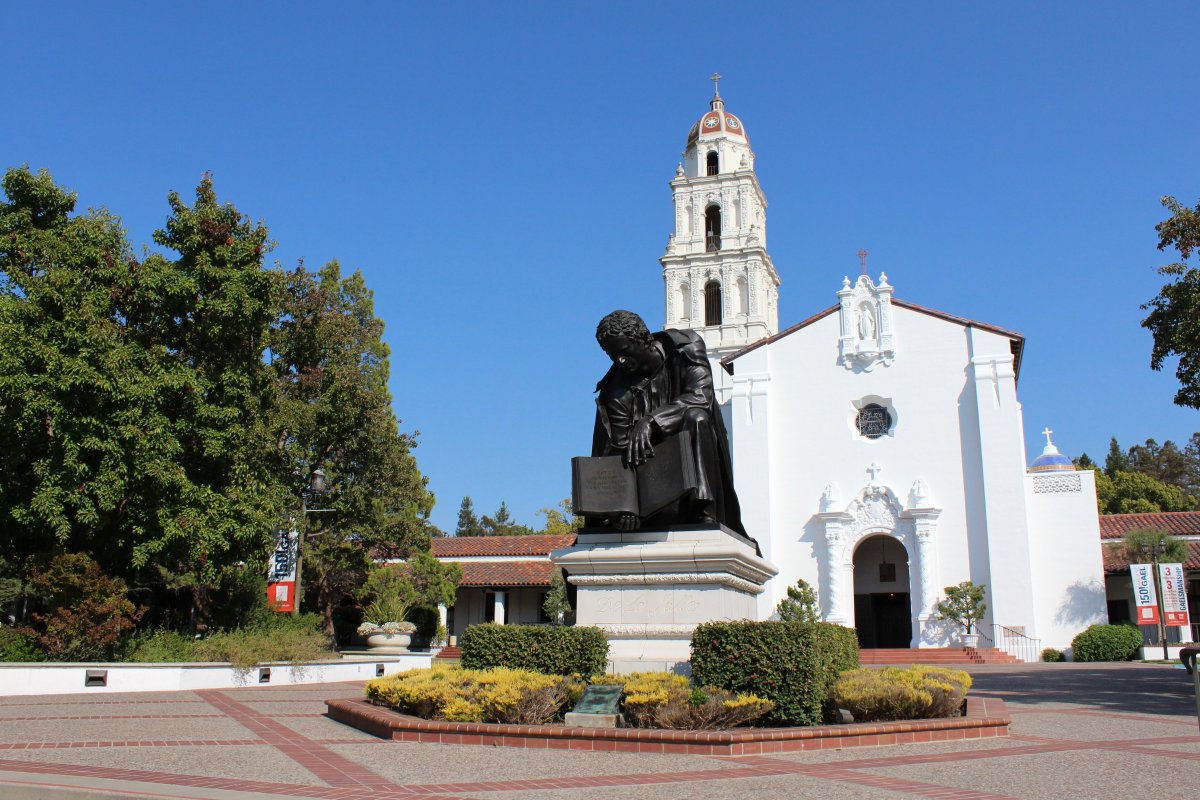
St. Mary's College of California
You are currently a professor at Saint Mary's College of California. In what are you currently engaged in?
After our time in Boston, we moved back to Hungary so that our three children could learn Hungarian properly. After seven years, we relocated to the U.S. again, this time to California. I have been working at this university near San Francisco for 15 years and currently chair two departments: World Languages and Cultures and Global and Regional Studies. Additionally, I direct the Honors Program, which is similar to Hungary’s specialized college programs.
At American universities, teaching, scholarship, and sevice must be in balance. This means that alongside my administrative roles, I also teach and conduct research.
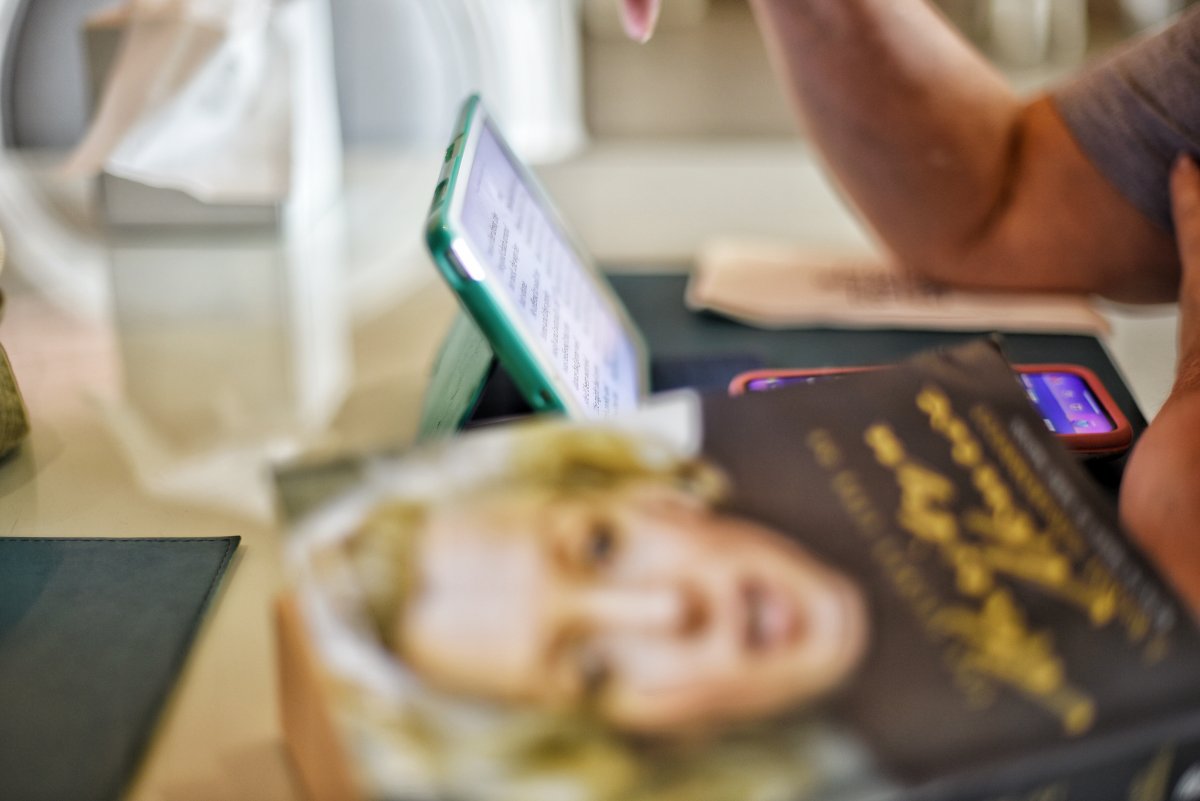
Source: Envalto
What is your research field?
The genre of autobiography and identity narratives. I am interested in everything from ancient tombstone inscriptions to traditional memoirs and correspondence, as well as memory fragments shared in visual and social media. Throughout history and across cultures, people have always felt the need to preserve their memories and leave a mark. I am intrigued by what people in different historical periods and cultures consider worth telling, what they choose to hide, and how they shape – or distort – their individual, family, and community identity narratives. I also find it fascinating how stories are shared and in what form.
I wrote my PhD in comparative literary history because this field is truly interdisciplinary and is not confined by genre or national literary boundaries.
This allows me to examine self-expression on a global level, engaging with Japanese, Hungarian, French, or even Scandinavian narratives alike. My latest research, for example, analyzes how people react to family secrets revealed through genealogy and DNA analysis.

Source: Envalto
How has moving abroad influenced your identity and your connection to your Hungarian roots?
Distance makes everything more conscious. When you look back at your home from afar, everything takes on a different perspective, certain things gain new meaning, and some become more valuable. I have always consciously sought Hungarian connections wherever I was, but especially when I arrived in America. After settling here, this search became even more intentional.
I remember when I was studying at Harvard, I was amazed by the vast Hungarian collection in the Widener Library. Wandering on the fourth basement level, I saw countless volumes of József Attila’s works that no one had touched because there was no Hungarian department. I felt sorry that this enormous treasure lay untouched, and I wondered how its richness and value could be conveyed to Americans or other foreigners.
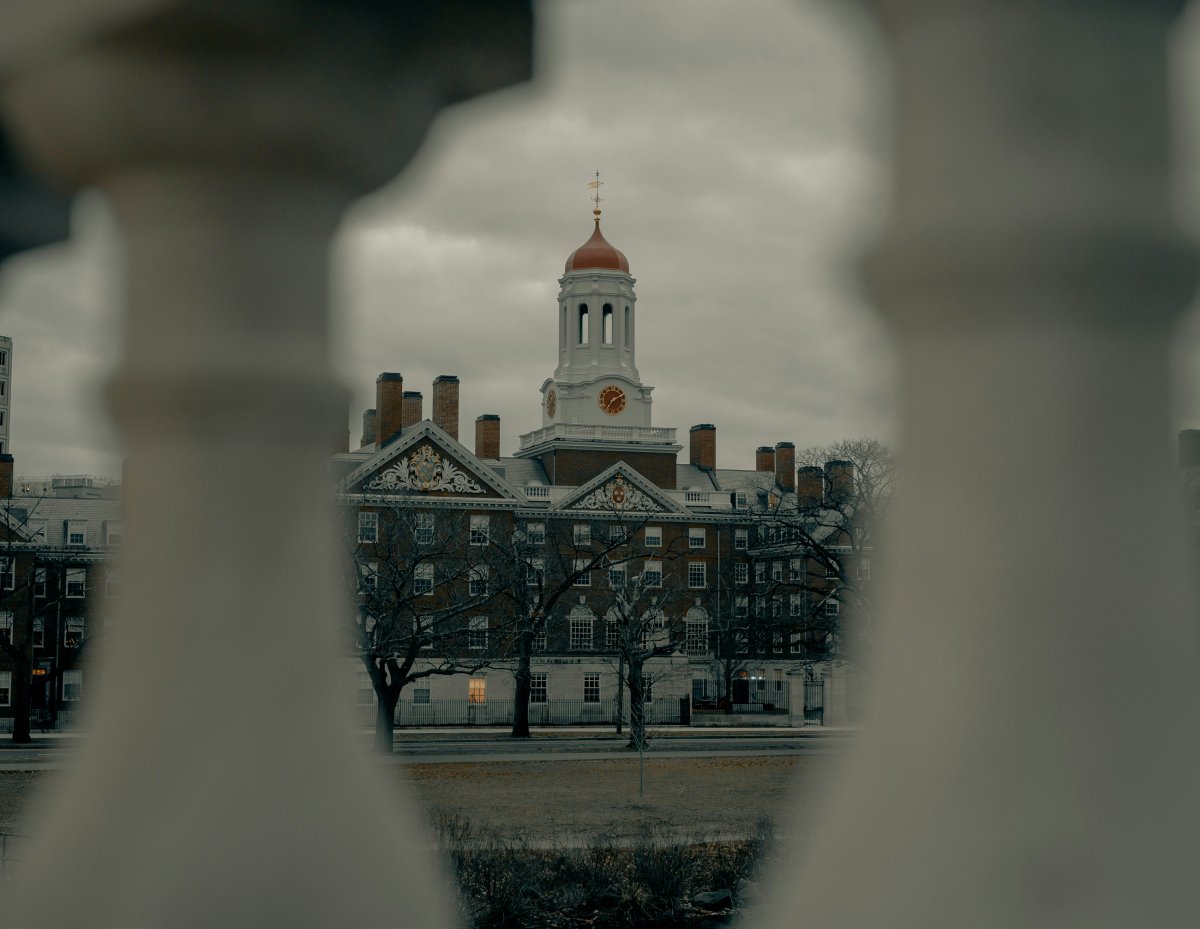
Harvard, Photo by Clay Banks, Unsplash
This is also why I deliberately turned towards the American-Hungarian academic circles. I participated, for example, in the annual conference of the Modern Language Association (MLA), which is the largest event in my field and includes a Hungarian section. There was a time when I collected signatures to establish a Hungarian section at another regional MLA conference, but unfortunately, we were not numerous enough, so that initiative did not come to fruition. However, the Hungarian section of the MLA continues to operate and plays a crucial role for researchers living in the diaspora.
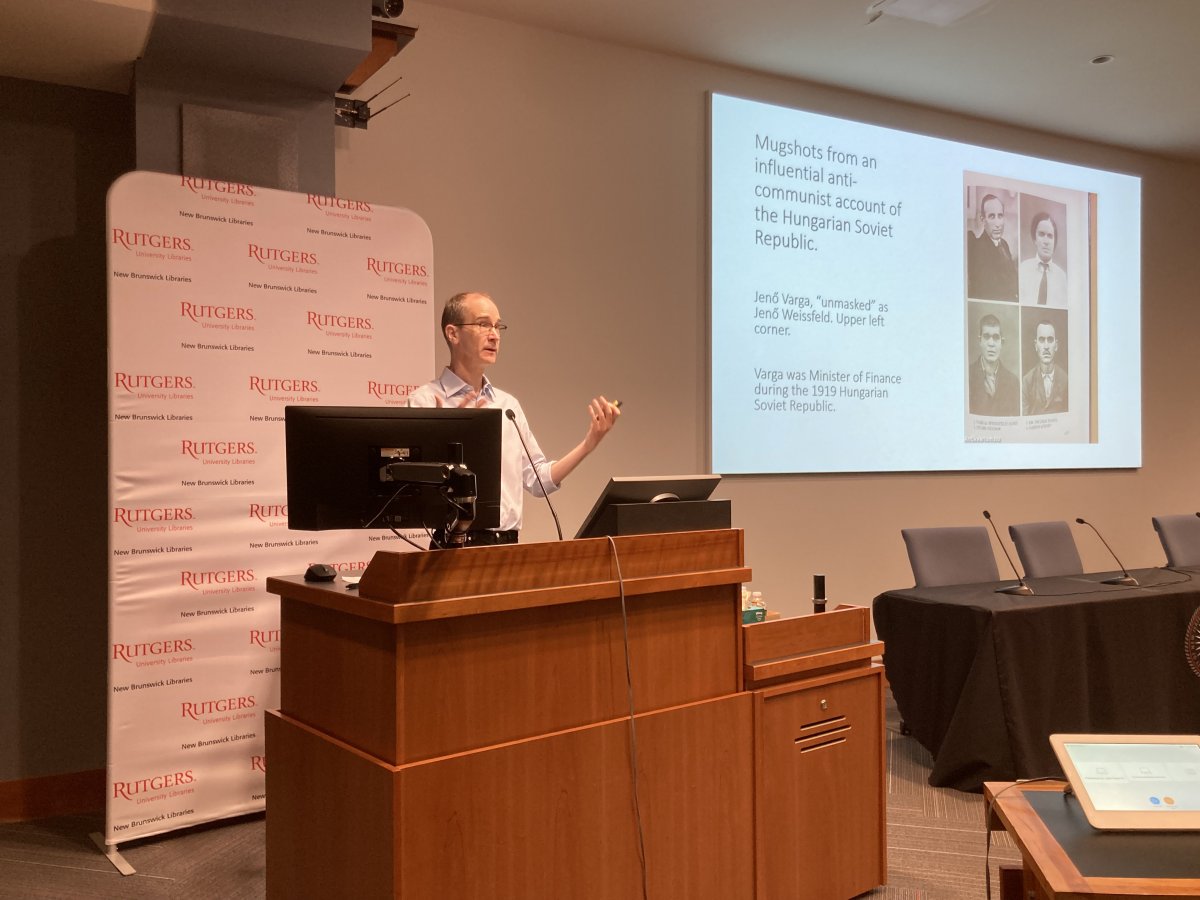
AHEA 2024 Rutgers University, Photo by Helga Lénárt-Cheng
How strong is the Hungarian academic community in the United States?
Thanks to the work of our predecessors, this community is quite strong in the United States and the diaspora. A close-knit network developed particularly during the Cold War, as people back then could not travel home freely. Those who left Hungary in 1956, for example, have a very different relationship with the country than we do, who can travel back every summer if we wish. This is a significant difference, but it was precisely their strong identity and commitment that laid the foundations.
They established, for instance, the American Hungarian Educators Association (AHEA), which celebrated its 50th anniversary in 2024. This half-century legacy shows just how important cultural and academic connections were to our predecessors.
The founding members, who laid the groundwork in 1974, are still active today, and it is thanks to their work that the AHEA stands on such solid foundations. I myself joined AHEA in 2008 and have participated in many conferences since then, taking on organizational and leadership roles as well.
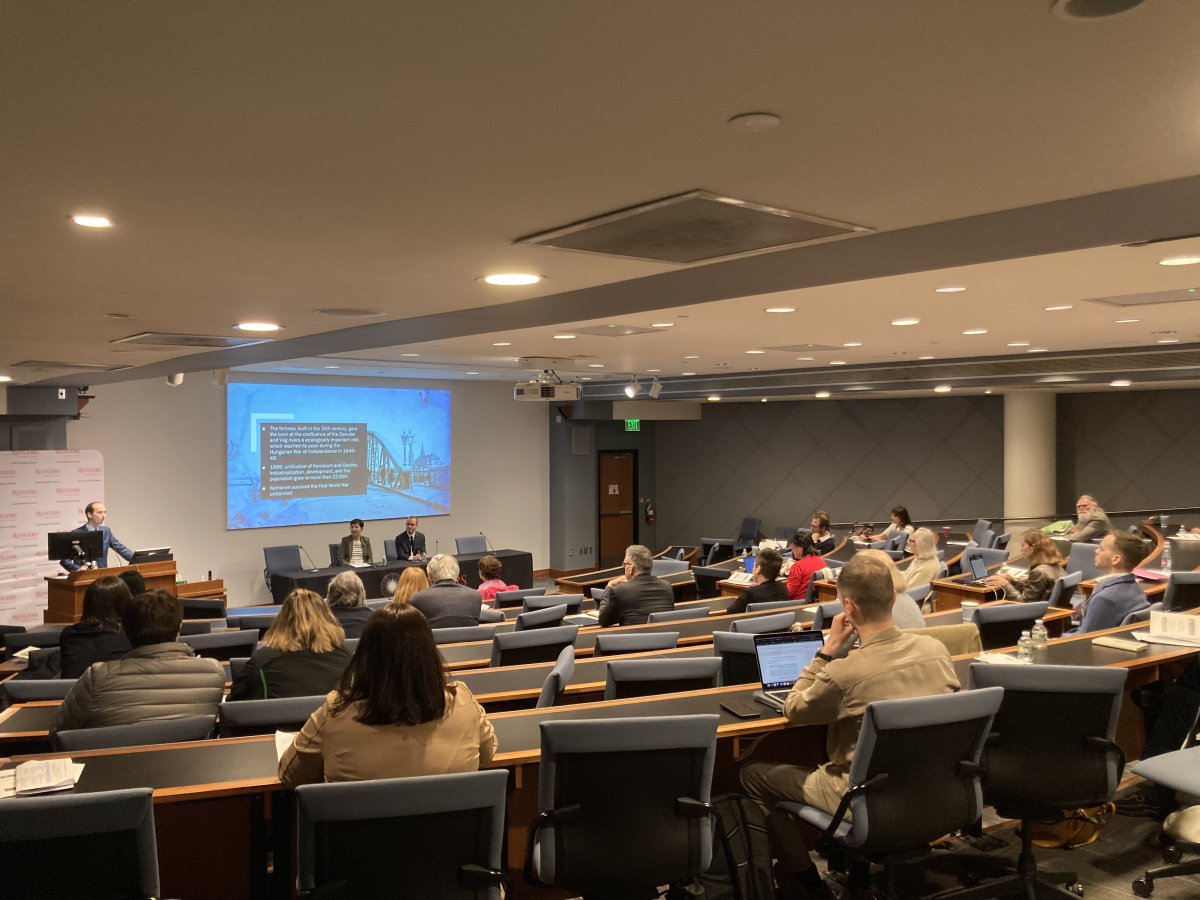
AHEA 2024 Rutgers University, Photo by Helga Lénárt-Cheng
Can you tell us about AHEA’s activities?
AHEA was originally founded as a teachers’ association. In its early days, it was more closely connected to weekend Hungarian schools. These schools form an entire network across America and, in many cases, are linked to the Hungarian Scout Association abroad. The essence of the system is that Hungarian-speaking children gather on Saturday mornings in different cities, where they attend Hungarian classes and maintain their linguistic and cultural heritage.

Photo by seventyfourimages, Envalto
Initially, these schools were partly connected to AHEA, but over time, the two separated. Today, weekend schools form an independent organization, while AHEA has increasingly turned toward university research and the academic sphere. Currently, it primarily brings together university professors, PhD students, and early career scholars. Supporting this latter group is one of AHEA’s key missions, as we are committed to fostering the professional development of young researchers.
Our goal is to promote Hungarian culture and research in the United States, providing opportunities not only for academic discussions but also for building academic relationships.
In recent years, cooperation with researchers and university centers in Hungary has become increasingly vibrant and has even expanded to encompass the entire Carpathian Basin.
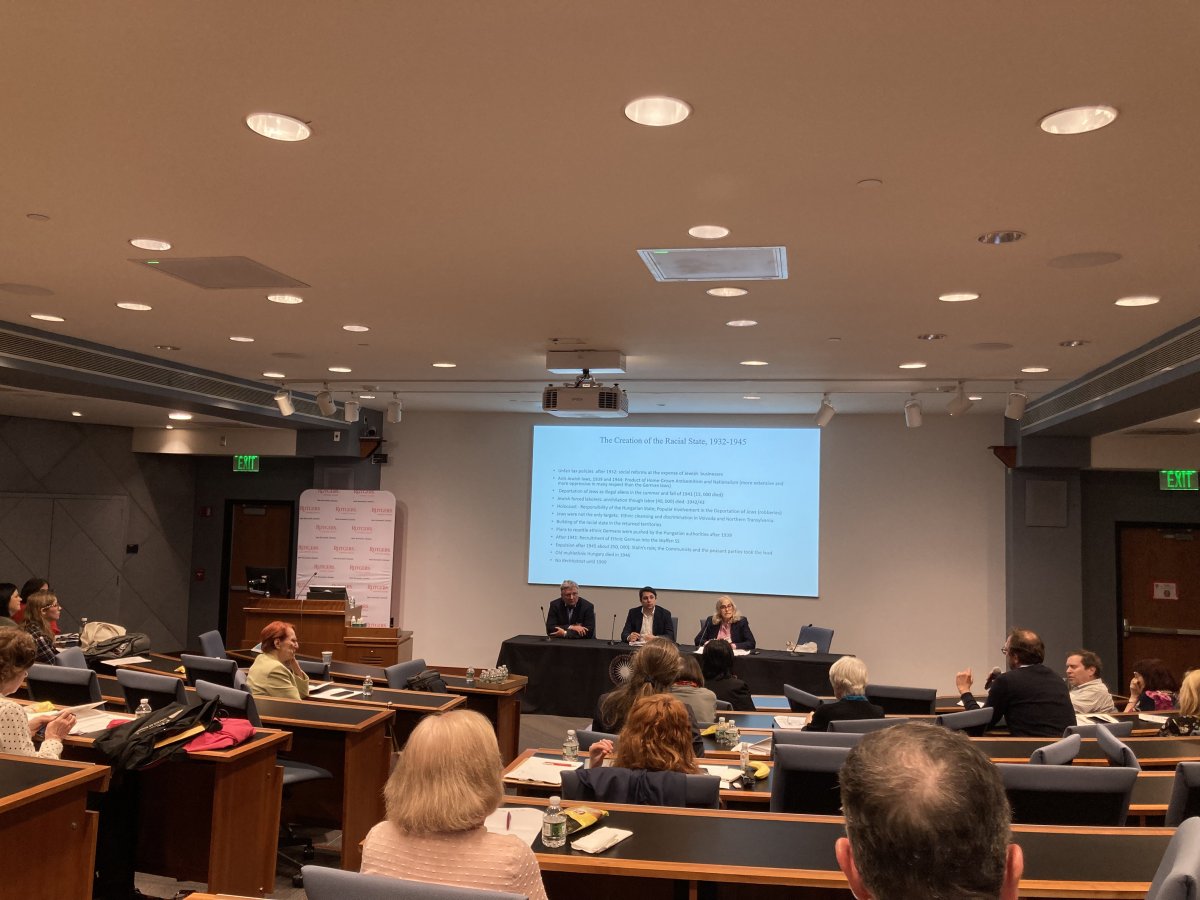
AHEA 2024 Rutgers University, Photo by Helga Lénárt-Cheng
Every fifth conference we organize is held in Hungary or another part of the Carpathian Basin. For example, our 2015 meeting took place in Cluj-Napoca (Kolozsvár), which was particularly memorable, while last year’s was hosted by Rutgers University. AHEA also launched a journal, Hungarian Cultural Studies, which is freely accessible to everyone. It publishes high-quality articles on Hungarian topics in English, providing many Hungarian researchers with an opportunity to publish in English.
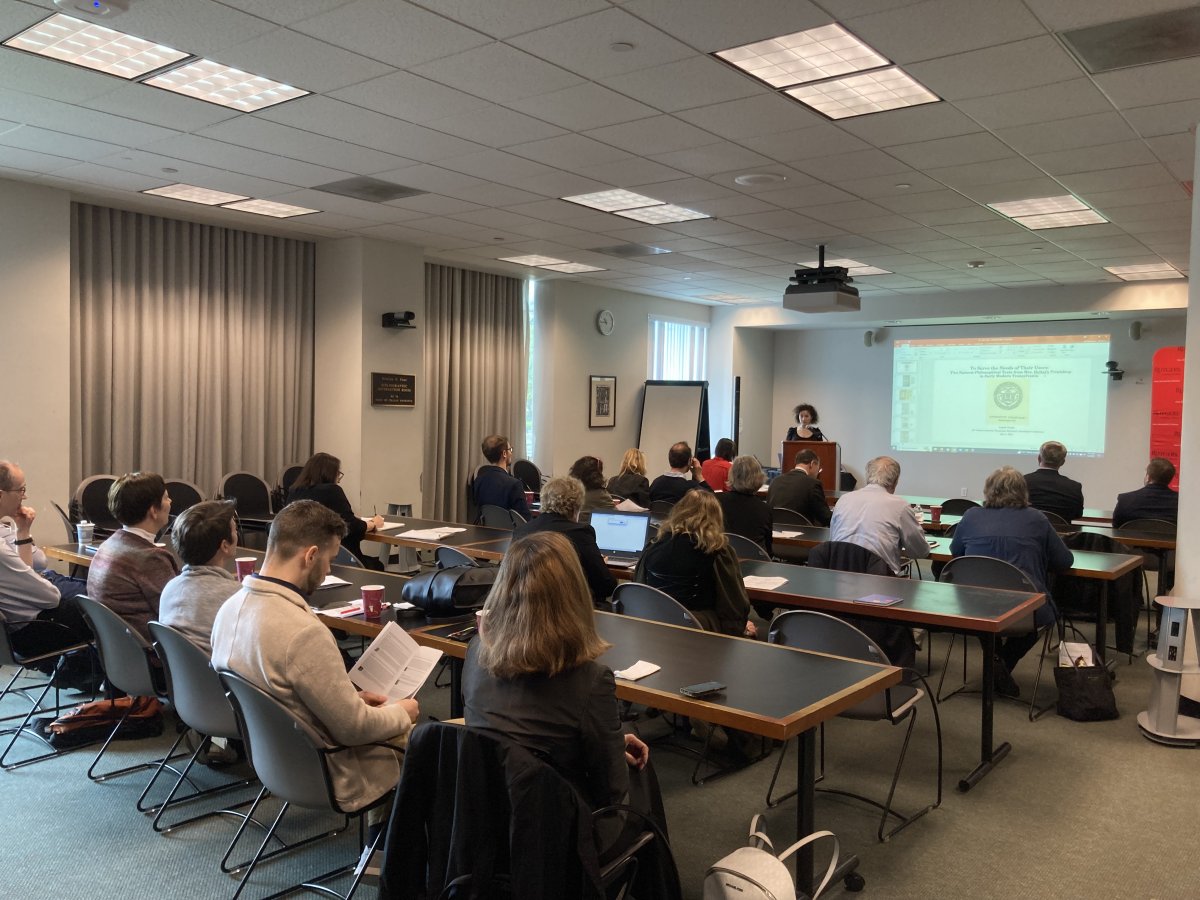
AHEA 2024 Rutgers University, Photo by Helga Lénárt-Cheng
Our conferences play a central role in AHEA’s activities and offer numerous support opportunities for researchers.
I would highlight our presenter scholarships, available at every conference, as well as other research grants that assist professionals in the U.S. working on Hungarian topics and researchers traveling from Hungary to the U.S.
With these programs, we aim to facilitate academic work and support collaboration between Hungarian and American academic communities.
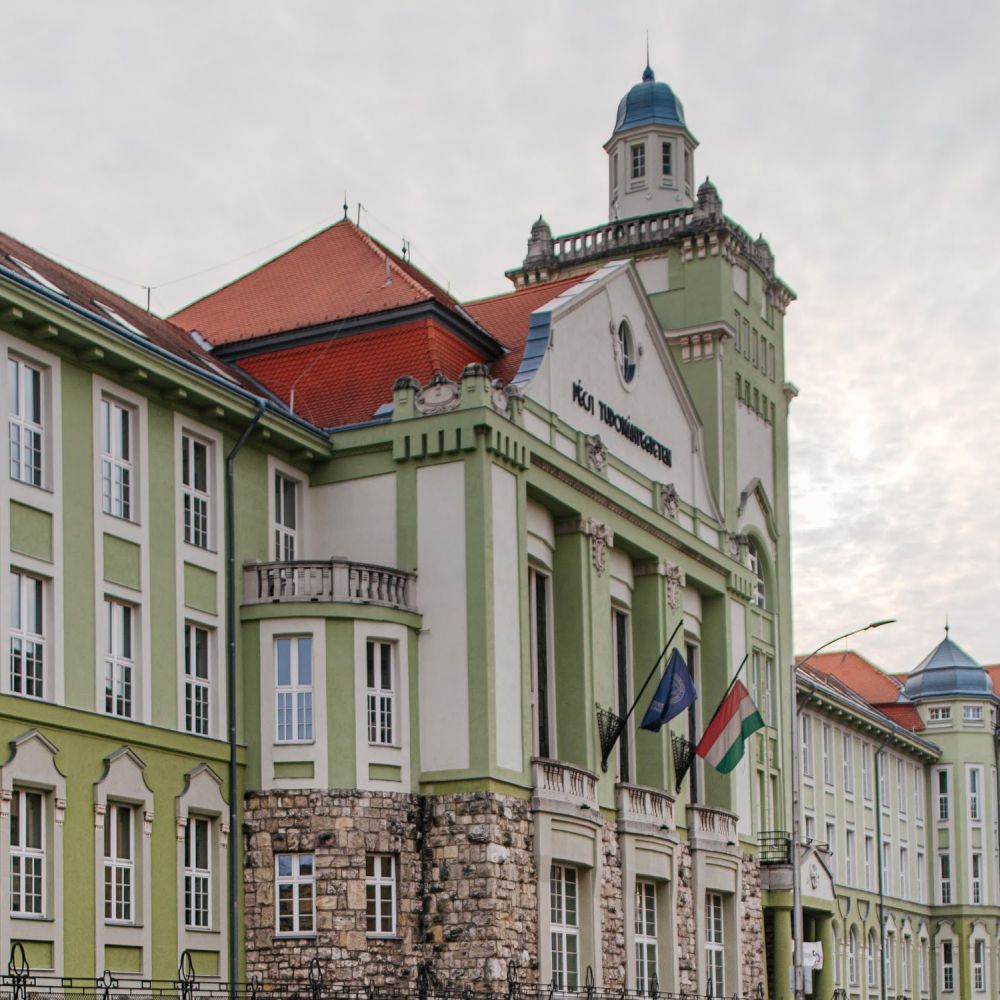
Faculty of Business and Economics, University of Pécs; Photo by Szabolcs Csortos
The 49th AHEA conference will be hosted by PTE this year, focusing on "Transatlantic Perspectives: The Contexts of Hungarian and American Scholarship." This is a broad topic – what do you think will be the key directions?
The conference topic is deliberately open-ended to accommodate presentations from various research fields. While transatlantic relations are consistently emphasized – such as the history of Hungarian emigration to the U.S., the events of 1956 and their American connections, or literary translations – the focus is broader.
The aim is to provide opportunities for all researchers who can connect to the themes from either the Hungarian or American side.
This openness reflects the interdisciplinary nature of the conference, where personal connections and networking play a crucial role.
The event is not about giving a narrow professional presentation to a select audience, but rather about fostering introductions and collaborative thinking that can lead to long-term cooperation.
Regarding the conference in Pécs, I would like to emphasize the outstanding work of local organizers – Mónika Fodor, Tímea Németh, and Zsolt Máté – who have made this conference possible. Additionally, Kálmán Magyar, director of the American Hungarian Folklore Centrum (New Jersey) and a board member of the American Hungarian Library and Historical Society, as well as Fulbright Hungary, are also key partners in the organization.
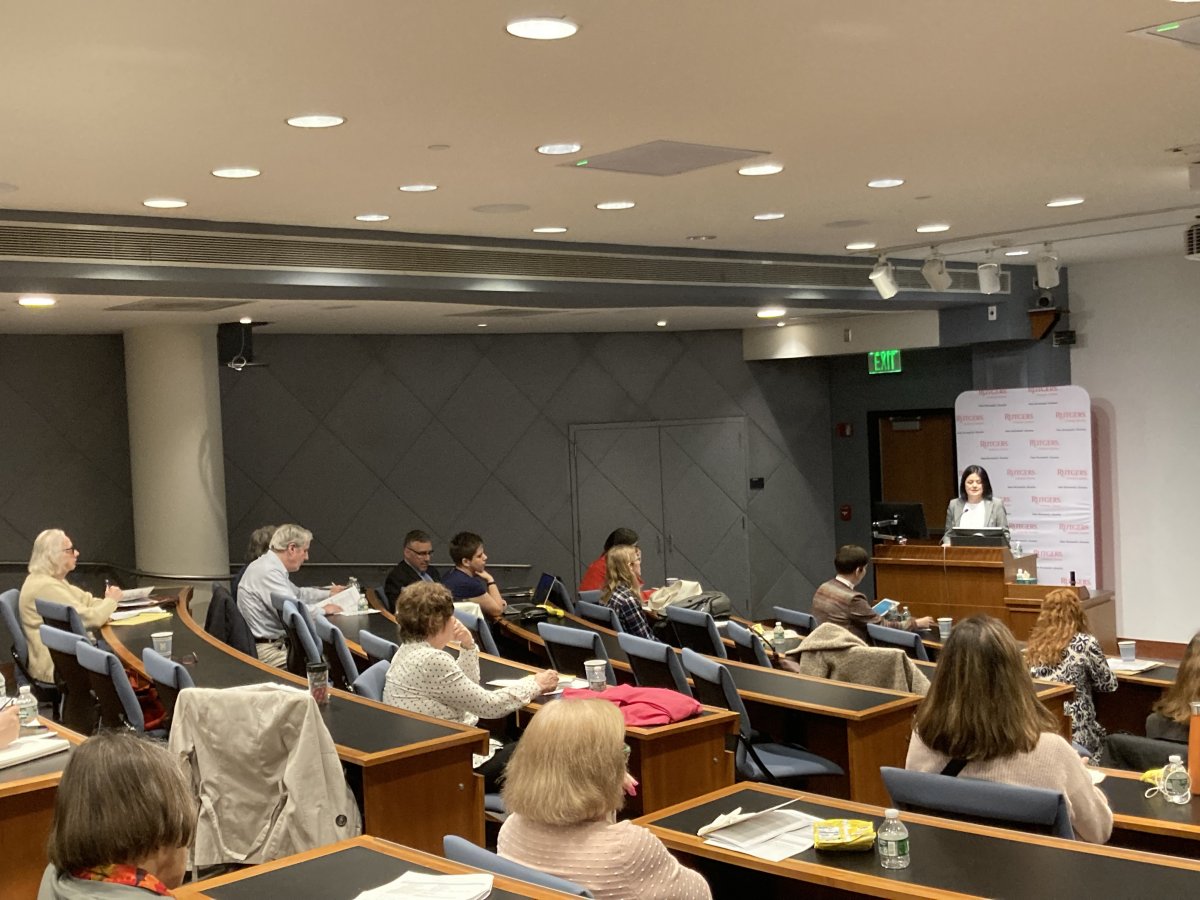
AHEA 2024 Rutgers University, Photo by Helga Lénárt-Cheng
What is your most memorable experience from AHEA conferences?
The coffee breaks are always special moments at AHEA conferences. These are not just times to refuel with caffeine but also opportunities for deeper conversations that help build friendships.
I always say that at AHEA, we don’t just network – we build friendships. The focus here is on human connections rather than gaining personal advantages from meetings. This sincere, friendly atmosphere is what drew me to AHEA and what keeps me here.
The interdisciplinary nature of the conference is also a great experience. The diversity of topics – from a Hungarian painter who moved to India, to a remarkable mathematician, or a filmmaker’s story – always enriches the event. This diversity and the friendly community are what make AHEA conferences truly special for me.
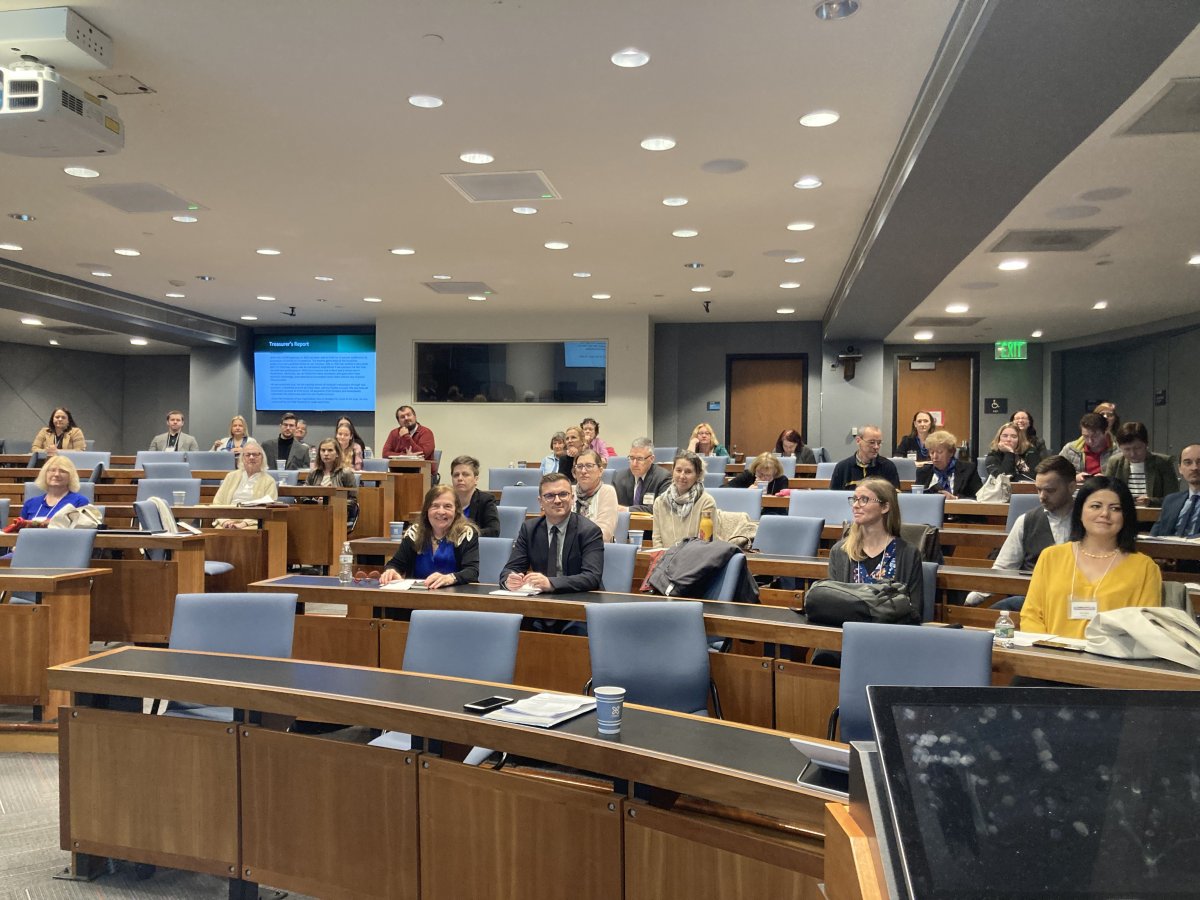
AHEA 2024 Rutgers University, Photo by Helga Lénárt-Cheng
When did you first realize that supporting the American Hungarian community would become a key part of your life?
Nurturing Hungarian-American relations is not just a professional challenge but also a heartfelt mission.
While my academic career primarily ties me to world literature and communication studies, my collaboration with AHEA gradually made me realize the importance of cultural and scholarly ties between the two countries.
I am currently working on a dream: re-establishing an endowed chair for Hungarian studies at an American university as part of a form of academic diplomacy.
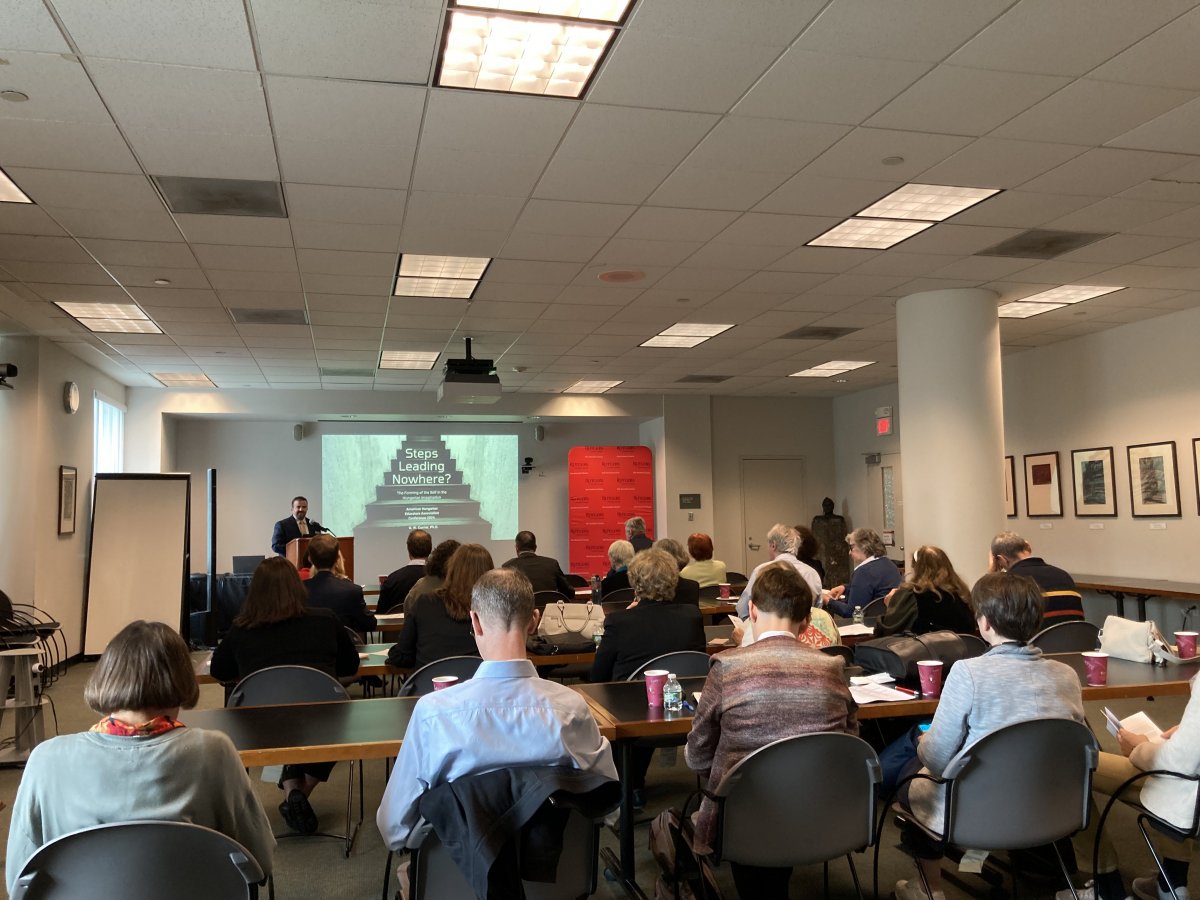
AHEA 2024 Rutgers University, Photo by Helga Lénárt-Cheng
Creating such an endowed chair position requires a multi-million dollar investment and would ensure that Hungarian culture and research gain wider recognition in the United States in the long run. We aim to raise the necessary funds through donations and the support of Hungarian and American entrepreneurs.
It is also a personal mission of mine to ensure that existing Hungarian collections, such as the vast Hungarian literary archive at Harvard, receive the attention they deserve.
It is saddening to see these valuable materials often gathering dust, underutilized, despite their immense potential for research and education. My goal is to make these treasures accessible to as many people as possible so that Hungarian culture continues to thrive, serving as an inspiration for both countries.
More information about the 49th AHEA conference:
https://sites.google.com/stmarys-ca.edu/2025aheaconference/2024
Cover photo by Paul Cheng
- Log in to post comments
University of Pécs | Chancellery | IT Directorate | Portal group - 2020.
